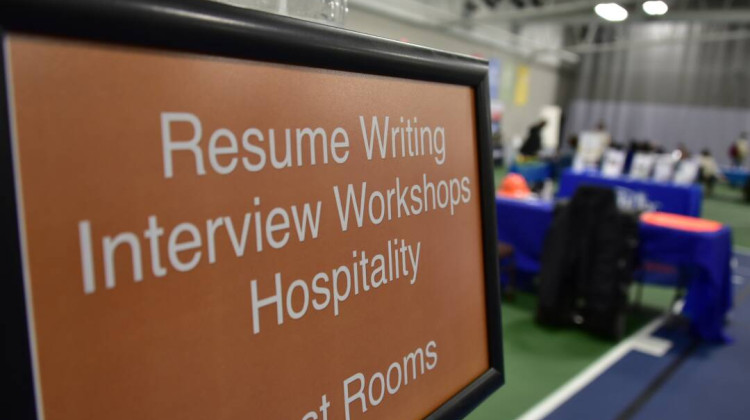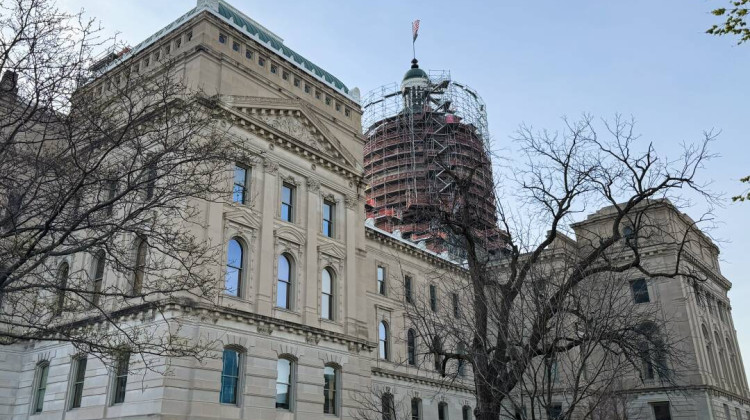
A map of the grid served by the Midcontinent Independent System Operator (MISO). States and a Canadian province in this grid could be at risk for an energy emergency this summer.
Kaceyageorge/Wikimedia CommonsExtreme heat could lead to an “energy emergency” in Indiana, 14 other states and a Canadian province this summer as people and businesses use more electricity for air conditioning.
That's according to a report by the North American Electric Reliability Corporation. It said there’s not enough energy on the regional grid to meet peak demand.
That could mean the group in charge of operating that grid — the Midcontinent Independent System Operator or MISO — may have to borrow from other grids or ask large industrial facilities to use less energy.
Worse case scenario, that could mean utilities have rolling blackouts. That’s where utilities cut power to certain areas for short amounts of time to prevent big, widespread outages.
Those outages can be dangerous for people especially vulnerable to heat — like seniors and young children. It can also put people who rely on electricity to power medical devices — like breathing machines — at risk.
Danielle McGrath is the president of the Indiana Energy Association. She said, if you can, using less energy between 4 p.m. to 6 p.m. is helpful to lighten the load on your utility. But Hoosiers likely won’t have to change their energy use.
“To the extent that there’s an actual call to action, the companies will reach out if and when that would need to occur," McGrath said.
McGrath said utilities may also decide to shift when they shut down power plants for maintenance to make sure that energy is available.
It's unclear how an energy emergency would affect customer's bills. McGrath suggests reaching out to your utility if you're having trouble paying your bills.
Energy demand is up slightly since last summer as businesses return to normal operations since the pandemic.
Coal plants retiring early has also led to a shortfall of energy that can be dispatched quickly. MISO officials said because wind and solar energy depend on the weather, forecasting how much energy they'll generate for the grid is difficult. So — at least for now — the grid operator sees them as less reliable.
Join the conversation and sign up for the Indiana Two-Way. Text "Indiana" to 73224. Your comments and questions in response to our weekly text help us find the answers you need on statewide issues, including this series on climate change and solutions.
McGrath said utilities around Indiana have seen this shortfall in capacity coming and have made plans for how to meet future energy needs.
“Some have announced plans to either construct new generation, invest in their existing plants — whereas others have adjusted timelines for either retirements or existing permits," she said.
The northern Indiana utility NIPSCO, for example, has postponed the retirement of its Wheatfield coal plant for two years while the federal government investigates solar tariffs. The utility hopes to use some solar to replace energy lost by the plant.
The North American Electric Reliability Corporation report also said that an important transmission line was shut down due to a tornado. But MISO officials said it's recently come back in service.
A small part of the state is not in MISO's territory, but the regional grid operator PJM's — mostly in Indiana Michigan Power's service territory.
Contact reporter Rebecca at rthiele@iu.edu or follow her on Twitter at @beckythiele.
Indiana environmental reporting is supported by the Environmental Resilience Institute, an Indiana University Grand Challenge project developing Indiana-specific projections and informed responses to problems of environmental change.
 DONATE
DONATE






 Support WFYI. We can't do it without you.
Support WFYI. We can't do it without you.